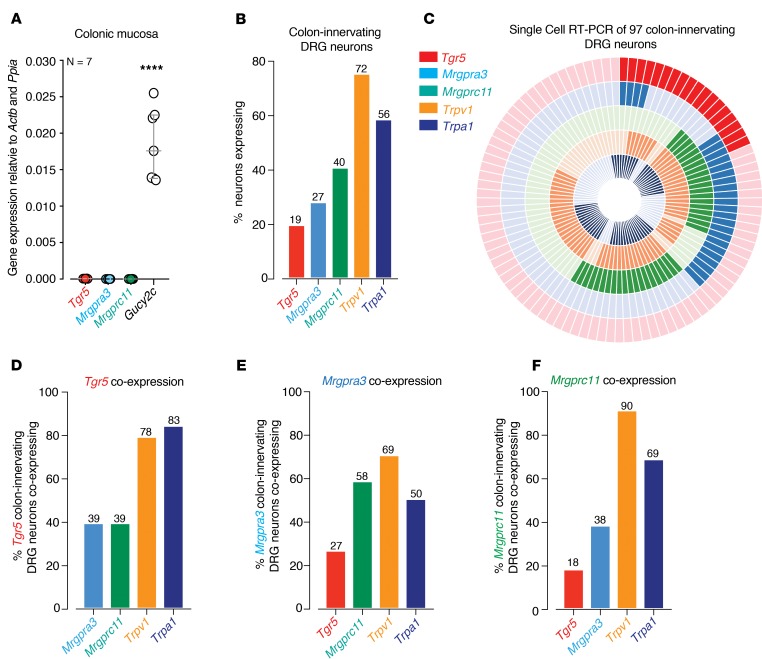Figure 3. Tgr5, Mrgprc11, and Mrgpra3 are expressed in both distinct and overlapping subpopulations of colon-innervating DRG neurons.
(A) qPCR analysis showing low mRNA abundance for Tgr5, Mrgpra3, and Mrgprc11 in the colonic mucosa compared with a known epithelial target gucy2c (guanylate cyclase-C, ****P < 0.0001, N = 7; each dot represents data from an individual mouse). (B) Single-cell RT-PCR of 97 retrogradely traced colon-innervating DRG neurons (from N = 5 mice) reveals that subpopulations express transcripts encoding Tgr5 (19%), Mrgpra3 (27%), Mrgprc11 (40%), Trpv1 (72%), and Trpa1 (56%). (C) Donut plot showing expression and coexpression of genes encoding Tgr5, Mrgpra3, Mrgprc11, Trpv1, and Trpa1 in 97 individual retrogradely traced colon-innervating DRG neurons. Each color represents an individual gene with expression marked by bold shading. Tgr5 is represented in the outer ring, with Trpa1 in the inner ring. Individual neurons are arranged radially, such that coexpression of genes in a single neuron can be easily identified running from outside to inside. Some neurons express all targets, while other neurons express combinations of targets. (D–F) Group data showing that (D) Tgr5, (E) Mrgpra3, and (F) Mrgprc11 are expressed individually within subpopulations of colon-innervating DRG neurons and also coexpress together in other subpopulations. For example, of the Tgr5-expressing colon-innervating DRG neurons from healthy mice, 39% coexpress MrgprA3 and 39% coexpress MrgprC11. Furthermore, Tgr5, Mrgpra3, and Mrgprc11 also coexpress with Trpv1 (69%–90%) and Trpa1 (50%–83%). Data in A represent mean ± SEM, with P values determined by 1-way ANOVA with Tukey’s multiple comparison tests.

